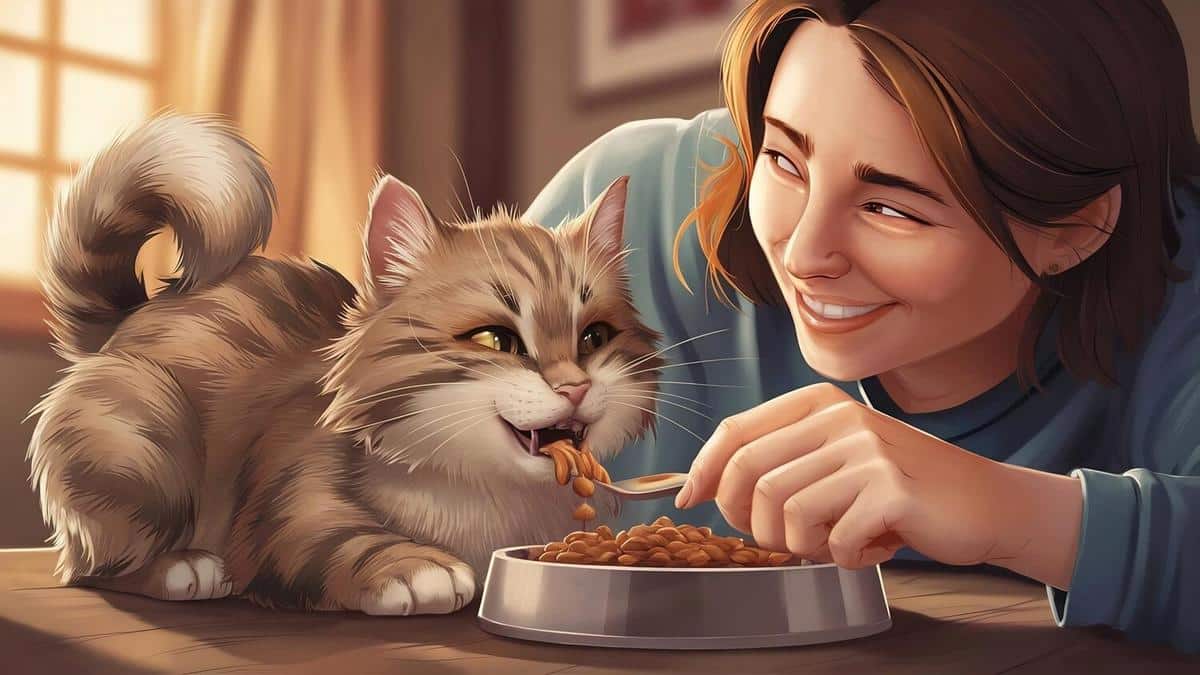
From Kibble to Raw: Navigating Dietary Trends for Cats
As cat owners become increasingly aware of the importance of nutrition, many are exploring diverse dietary options to ensure their feline companions thrive. From traditional kibble to more natural raw diets, navigating these trends can seem daunting but offers a wealth of benefits when approached with the right information.
Understanding Cat Dietary Trends
Cats are obligate carnivores, meaning their diet primarily depends on meat. This biological fact has spurred interest in diets closer to what cats might eat in the wild. Let’s explore some of the most popular dietary trends for cats.
Kibble: The Conventional Choice
Kibble has long been a staple in cat diets, valued for its convenience and affordability. However, concerns about its nutritional completeness have led many pet owners to seek alternatives. According to Dr. James Morris, a renowned veterinarian, ‘While kibble is adequate for many cats, it’s crucial to ensure it meets all their dietary needs, including taurine, which is essential for feline health.’
Raw Diets: Back to Basics
Raw diets aim to mimic what a cat might naturally consume, focusing on raw meat, organs, and bones. Proponents argue that raw diets can lead to shinier coats and increased energy levels. A study by the Pet Nutrition Center found that cats on a raw diet had healthier body weights compared to those on processed foods.
| Diet Type | Pros | Cons |
|---|---|---|
| Kibble | Convenient, affordable | May lack nutrients |
| Raw | Natural, nutrient-rich | Preparation time, risk of pathogens |
Expert Insights
Dr. Emily Green, a veterinary nutritionist, emphasizes, ‘Transitioning to a raw diet should be done gradually and under professional guidance to avoid digestive issues.’ This expert advice is crucial for cat owners considering a switch.
Personal Experiences
Many cat owners report positive changes after switching to raw diets. For instance, Mark, a cat owner from Austin, shared how his cat, Luna, showed increased vitality and a healthier coat after a month on a raw diet.
Actionable Tips for Cat Owners
- Consult with a veterinarian before making dietary changes.
- Gradually introduce new foods to prevent digestive upset.
- Ensure balanced nutrition by incorporating a variety of meats.
Conclusion
Whether you choose kibble or raw, the key is ensuring your cat’s diet is balanced and meets all nutritional needs. By staying informed and consulting with professionals, you can make the best dietary decisions for your feline friend.
FAQs About Cat Diets
What is the best diet for cats?
There is no one-size-fits-all answer; it depends on your cat’s specific needs. Consult your vet for personalized advice.
Can I mix raw and kibble in my cat’s diet?
Yes, but it’s essential to ensure both types of food are nutritionally complete.


